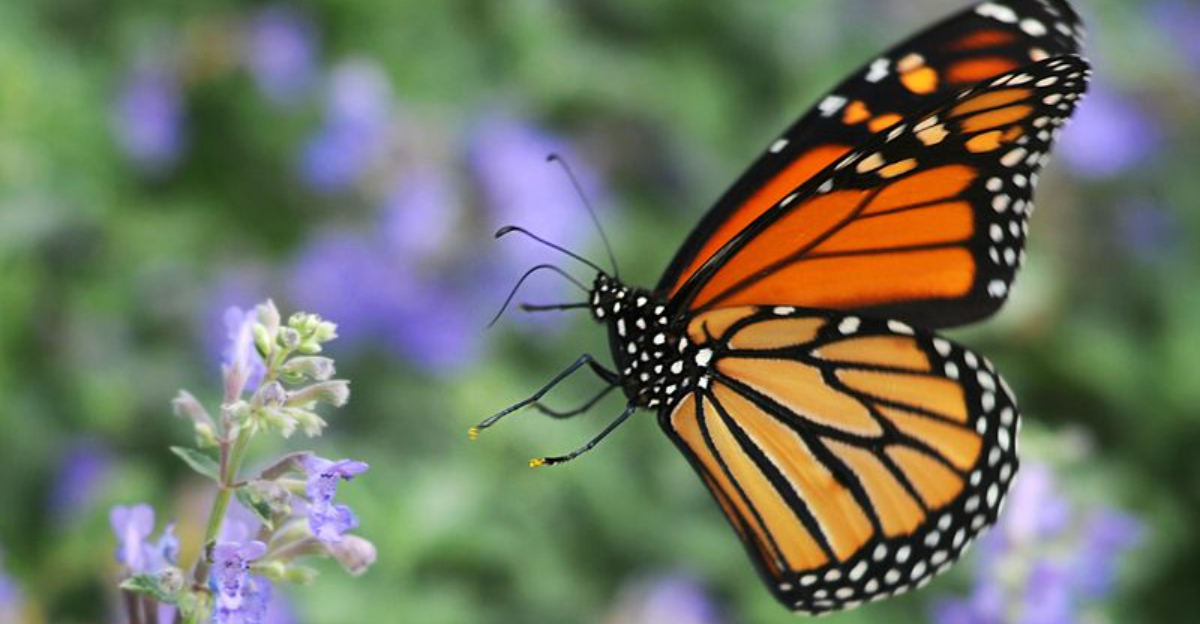Across the U.S., butterflies are vanishing at an alarming rate — but in Kansas, a quiet revolution is taking flight.
Conservationists across the Sunflower State are restoring native prairies and, in the process, creating thriving sanctuaries for monarchs, regal fritillaries, and dozens of other native species.
These aren’t just picturesque landscapes — they’re living battlegrounds where scientists and volunteers are fighting back against habitat loss, one wildflower at a time.
1. Konza Prairie Biological Station’s Butterfly Highway

Scientists at this 8,600-acre living laboratory have created what locals call the “butterfly superhighway.” Researchers strategically planted over 40 species of native wildflowers in corridors connecting isolated habitats.
The results stunned even veteran ecologists. Butterfly counts increased 340% in just three seasons! I visited last spring and witnessed clouds of monarchs feeding on milkweed – something I hadn’t seen since childhood.
Kansas State University students monitor these populations year-round, using innovative tracking methods that allow them to follow migration patterns across the entire Midwest region.
2. Tallgrass Prairie National Preserve’s Milkweed Revolution
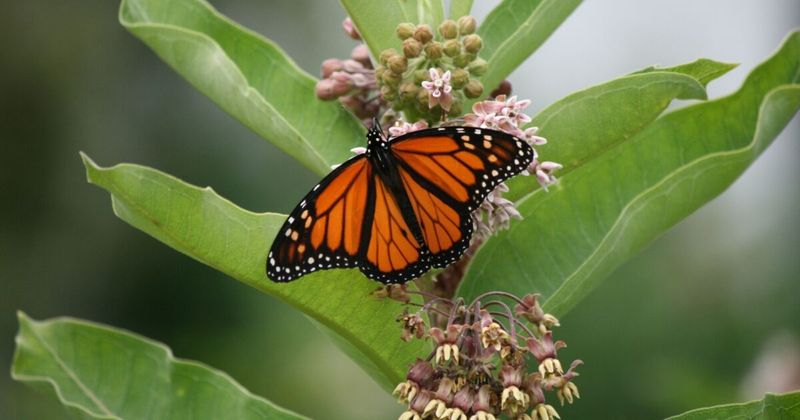
Rangers launched an audacious plan in 2018: convert 1,000 acres back to pre-settlement conditions specifically for monarch butterflies. They’ve since planted over 250,000 milkweed plants – the only food monarch caterpillars can eat.
Summer visitors now witness something spectacular. Thousands of orange-and-black monarchs flutter between vibrant purple coneflowers and golden sunflowers. The preserve offers citizen science opportunities where families help count butterflies during peak migration.
Their innovative “Milkweed for Monarchs” seed distribution program has expanded beyond preserve boundaries, with local farmers creating protective butterfly zones alongside croplands.
3. Flint Hills Legacy Conservation Area’s Butterfly Breeding Grounds
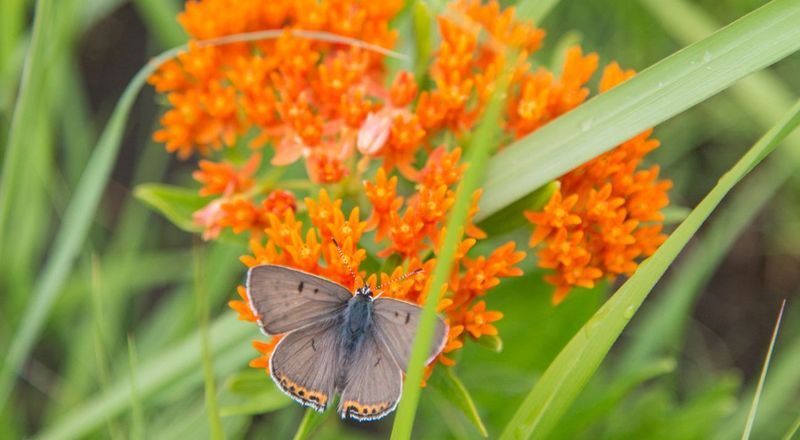
What happens when ranchers and butterfly experts join forces? Magic. This 18,500-acre conservation area pioneered a groundbreaking grazing rotation system that protects butterfly breeding grounds while still supporting cattle operations.
Regal fritillary butterflies, once nearly extinct in Kansas, now thrive here by the thousands. These speckled orange-and-black beauties rely on violet plants that flourish under this carefully balanced land management.
School groups frequently visit to witness the success story in action. The area enforces strict limits on pesticide use within a five-mile radius, creating a genuine sanctuary for these delicate pollinators.
4. Smoky Valley Ranch’s Butterfly Bungalows

The Nature Conservancy’s innovative “butterfly bungalows” have transformed this historic ranch into a butterfly paradise. These specialized shelters – constructed from local limestone and native grasses – provide essential winter protection for chrysalides.
Ranch managers discovered something remarkable in 2020. Butterfly species thought locally extinct for decades suddenly reappeared! Tiny silvery blues and rare Dakota skippers now flourish across reclaimed grasslands once lost to invasive plants.
My favorite part? The children’s butterfly garden features kid-built shelters where youngsters can witness the entire metamorphosis process during summer camps. Each shelter supports approximately 200 butterflies annually.
5. Cheyenne Bottoms Wildlife Area’s Wetland Wonderland

Butterflies and wetlands? Absolutely! This 41,000-acre wetland complex introduced specialized “butterfly islands” — raised prairie plantings nestled amid marshy terrain that serve as vital resting spots during migration.
Butterfly counts soared from just hundreds to over 20,000 after staff planted native, butterfly-friendly vegetation on these islands. Visitors are captivated by the sight of monarchs clustering around stands of swamp milkweed each September.
The most groundbreaking innovation? Floating gardens that rise and fall with water levels, ensuring nectar sources remain accessible even during floods. These engineering marvels support both wetland specialists like bronze coppers and prairie species passing through on their migratory journeys.
6. Marais des Cygnes Wildlife Area’s Butterfly Rescue Squad
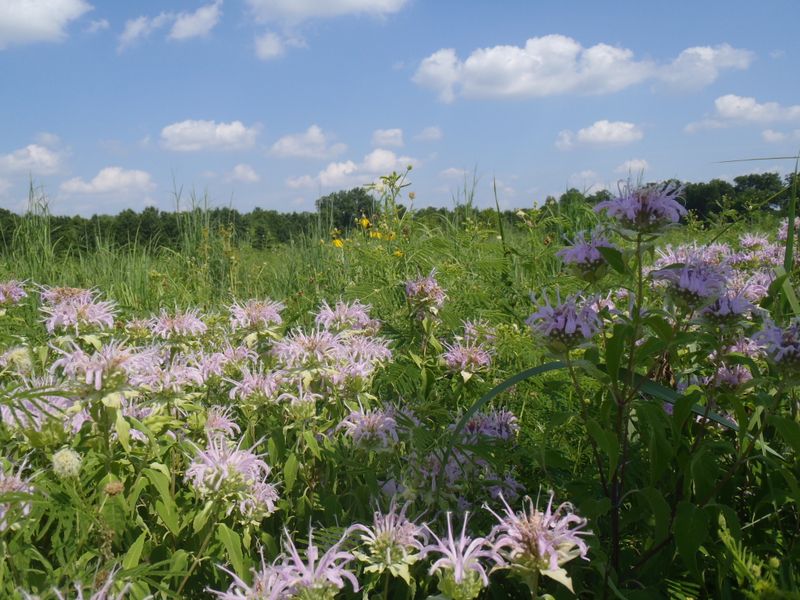
When butterfly populations crashed in 2018, this wildlife area launched an emergency response team. Staff and volunteers hand-reared over 10,000 caterpillars in protective enclosures before releasing them into carefully restored habitats.
Their secret weapon? Prescribed burns — precisely timed to eliminate invasive species while promoting the growth of butterfly-friendly plants. Using drone technology, the team mapped butterfly hotspots, pinpointing areas in urgent need of protection.
Now, this once-temporary rescue squad trains other conservation areas across Kansas. Their caterpillar nursery techniques have been adopted in five neighboring states. What began as crisis management has grown into the Midwest’s most successful butterfly rehabilitation program.
7. Kansas Department of Wildlife and Parks’ Pollinator Highway Network
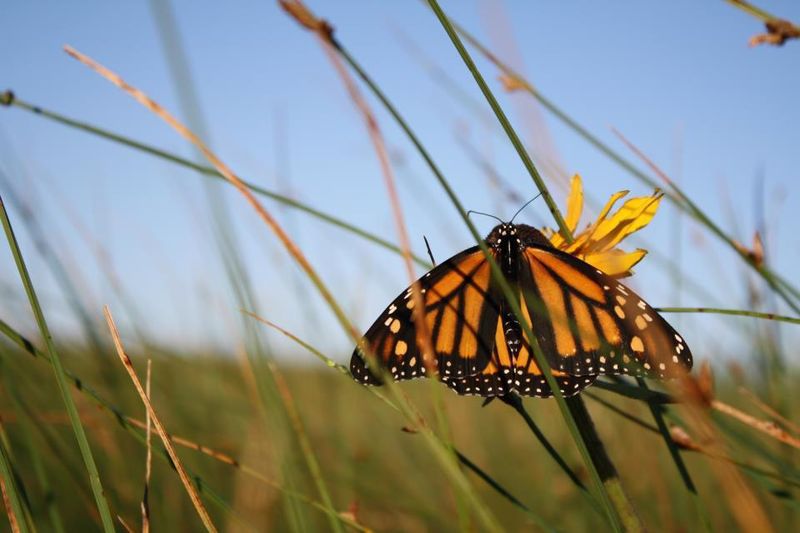
Roadside ditches transformed into butterfly sanctuaries? That’s exactly what this innovative state program accomplished. KDWP partnered with transportation officials to convert 1,200 miles of highway margins into native wildflower corridors.
These pollinator highways connect isolated prairie patches, allowing butterflies to travel safely between larger habitats. Special signs alert maintenance crews to these protected zones where mowing is prohibited during butterfly season.
The program provides free native seed packets to landowners whose properties adjoin these corridors. Butterfly populations along designated routes have increased by a staggering 400% since implementation. This model has become so successful that twelve other states have launched similar initiatives.
